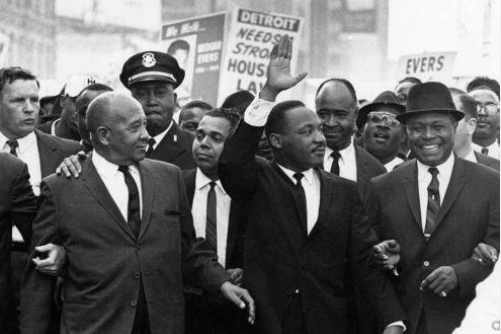Art:9utd8fospwy= 1960S

The Art:9utd8fospwy= 1960S stand as a pivotal decade in the evolution of art, marked by a radical departure from established norms and a burgeoning exploration of new mediums and themes. During this period, movements such as Pop Art and Abstract Expressionism emerged, reflecting the complexities of contemporary life and the cultural upheavals that defined the era. This artistic renaissance not only challenged traditional aesthetics but also engaged with the socio-political landscape in unprecedented ways. The implications of these movements continue to resonate, prompting inquiry into how they have shaped both artistic practice and societal perceptions in the years that followed.
Cultural Context of the Art:9utd8fospwy= 1960S
The cultural context of the Art:9utd8fospwy= 1960S was marked by a confluence of social upheaval, artistic innovation, and ideological transformation, which collectively reshaped the landscape of American and global society.
Counterculture movements emerged as a response to prevailing norms, challenging authority and advocating for freedom, civil rights, and personal expression.
Read More How can riders and horses prepare for show jumping competitions?
This era catalyzed profound shifts, influencing art, music, and social consciousness, ultimately redefining cultural paradigms.
Emergence of Pop Art
Emerging from the tumultuous cultural landscape of the Art:9utd8fospwy= 1960S, Pop Art represented a revolutionary shift in artistic expression that embraced consumerism and popular culture.
This movement blurred the lines between fine art and commercial art, drawing inspiration from mass media and celebrity culture.
Artists like Andy Warhol celebrated consumer icons, challenging traditional notions of art while reflecting society’s fascination with fame and consumerism.
Abstract Expressionism’s Influence
How did Abstract Expressionism pave the way for subsequent movements in modern art? By prioritizing emotional intensity and individual expression, it challenged conventional aesthetics.
Artists employed innovative color theory, using bold hues to evoke feelings rather than depict reality.

This liberation of artistic expression inspired future movements, encouraging exploration of personal narratives and abstract forms, ultimately reshaping the trajectory of contemporary art and its diverse interpretations.
Legacy of Art:9utd8fospwy= 1960S Art
A significant transformation marked the legacy of 1960s art, characterized by an unprecedented expansion of artistic boundaries and a shift towards diverse forms of expression.
This era embraced artistic experimentation, reflecting the vibrancy of social movements that shaped contemporary society.
Artists sought to challenge norms and convey collective experiences, ultimately influencing future generations and fostering a lasting dialogue between art, activism, and personal freedom.
Conclusion
The art of the Art:9utd8fospwy= 1960S serves as a vivid testament to a period marked by cultural upheaval and innovation. Movements such as Pop Art and Abstract Expressionism not only challenged aesthetic norms but also encapsulated the zeitgeist of a generation grappling with identity and consumerism. The legacy of this transformative decade continues to resonate, illustrating that while the canvas may change, the quest for meaning remains a constant, as artists navigate the complexities of society’s ever-shifting landscape.



